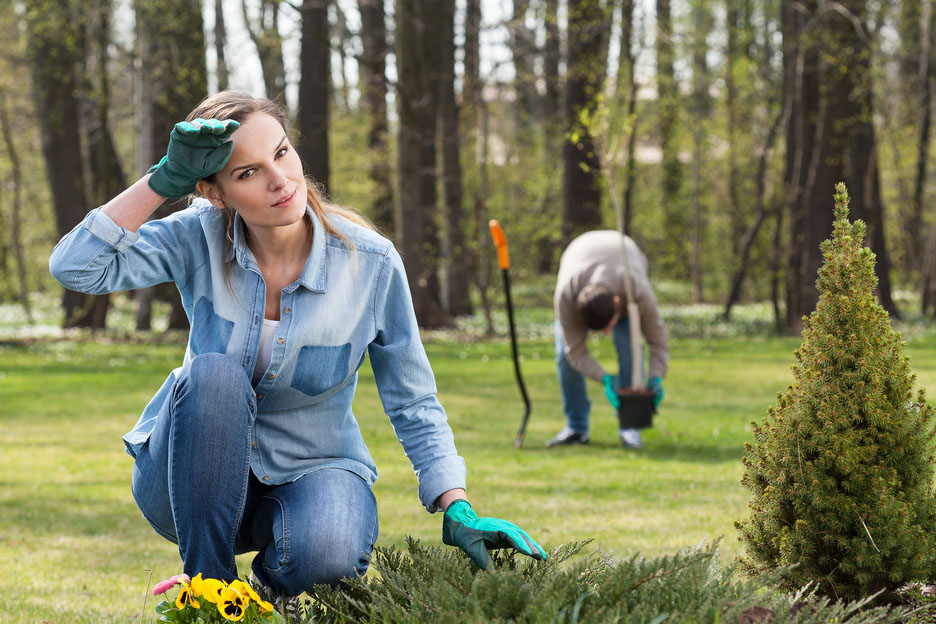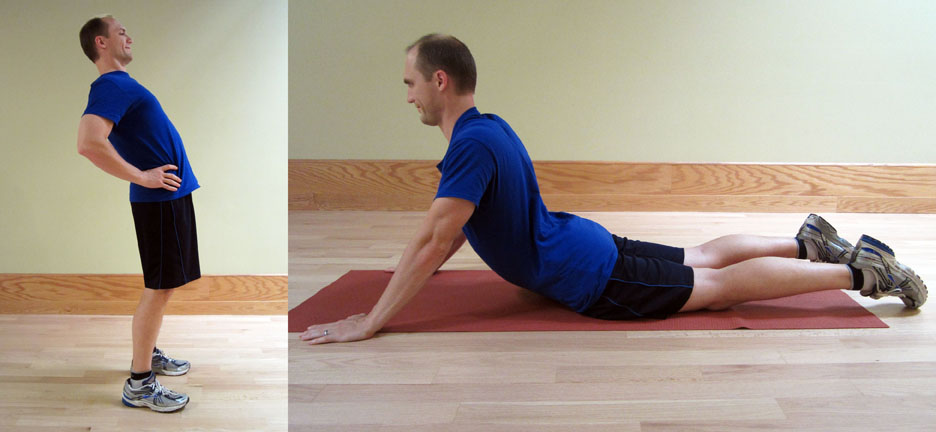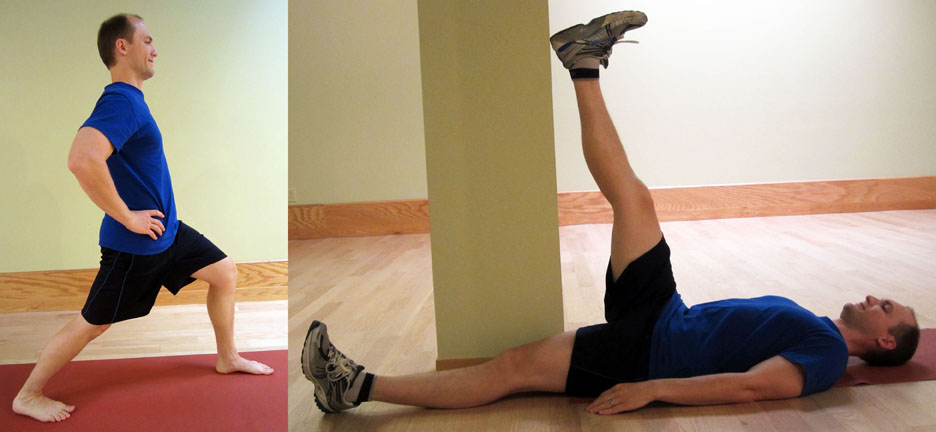Q. Several members of my family frequently get headaches. Thankfully, I rarely get them, but what causes headaches? Why do some people get them and others do not? Thanks, Ben! -Brad
A. Thanks for your question, Brad! Headaches are a very complicated subject. I will do my best to answer your question from a physical therapist’s perspective.
Headaches can range from mild to severe with symptoms varying wildly. Approximately 15-20% of the population will suffer from headaches at any given time. It’s one of the top medical ailments for which people seek treatment. Headache suffers are also one of the most heavily marketed to group. There are no shortage of scammers and snake oil salespeople trying to sell you the next great remedy to cure your headaches.
Although there are many potential sub categories of classifications a person could use (particularly, within the tension class), I tend to classify headaches in one of five categories: tension; cervicogenic; sinus; migraine; and cluster.
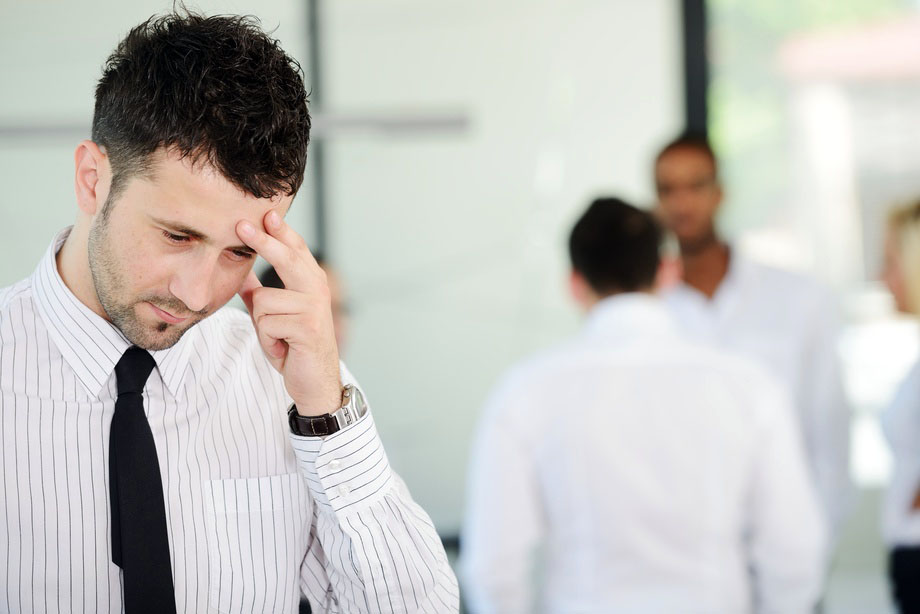
Classifications of Headaches:
Tension
These are the most common type of headache. These headaches are often related to tension in the muscles of the head, neck and jaw and are frequently stress related. The actual physical cause is still not fully understood, but it’s likely linked to how the brain and nervous system perceives muscular pain and stress.
Tension headaches are categorized as either episodic (meaning that you experience less than 15 headaches per month) or chronic (meaning that you experience more than 15 per month). Women tend to experience them more often than men. Many food or environmental factors can trigger tension or migraine headaches. Food and environment triggers for headaches could easily be a classification of their own.
Please refer to Prevention and Treatment Strategies for Tension Headaches.
Cervicogenic
Not everyone would say this is a separate class of headache, but I tend to classify cervicogenic headaches separately. Cervicogenic headaches are often associated with tension type headaches. There can be a lot of overlap with tension headaches, but in this class the underlying cause of the headache is from the cervical spine. There are many pain generating structures in the cervical spine. A few potential causes could be nerve related, trigger points, facet joint or cervical mal-alignment related, or cervical disc related. I find that postural dysfunction tends to go hand in hand with this type of headache as well as in tension headaches.
Cervicogenic headaches tend to be found more often found in women. This seems to be primarily due to the anatomical differences of men versus women. Men tend to have more muscular necks while women tend to have more long and slender necks with less muscle to provide support to the head (meaning that there is less muscle strength for support).
Please refer to Cervicogenic Headaches: A Real Pain in the Neck (and Head).
Sinus
Your sinuses are located on your forehead, behind the bridge of the nose and under your cheek bones. In cases of infection or allergy, the mucosal lining will become inflamed and causes pressure and pain. This results in headache type symptoms. Pain is often worse when bending over or straining.
Other than headache type pain, you may also be suffering from other symptoms of illness including a stuffy or running nose, earache or fever. Sinus headaches are often a trigger to other types of headaches such as tension and migraines.
For more information, please refer to 9 Treatment Tips for a Sinus Headache.
Migraine
Migraine pain is the second most common type of headache (with tension/cervicogenic type headaches being the most common). Up to 16-17% of the population complains of migraines. These headaches can be far more debilitating than the typical tension/cervicogenic type headache. Migraine pain is often in combination with tension headache pain. Migraines can also be caused by menstruation or hormonal imbalances.
Frequently, people will classify any type of severe headache pain as a migraine although it may or may not actually be the case. The severity of pain is not what leads to a migraine classification, but which symptoms are present.
Symptoms of a migraine will differ for everyone. Initial symptoms and patterns may occur one to two days prior to the actual migraine.
Typical symptoms may include:
- Throbbing pain on one side of the head (but pain can be present on both sides)
- Pain behind the eyes
- Difficulty performing typical activities which worsen with activity or heat
- Nausea
- Vomiting
- Sensitivity to light, noise, and smell
Less common symptoms may also include: difficult with speaking; tingling in the face, arms, and hands; and short term upper body weakness.
Migraines are more commonly found in women. Like tension headaches, migraines are often associated with known varying triggers like food, smells, excessive heat, fatigue, and dehydration.
Please refer to How to Prevent and Treat Migraine Headaches.
Cluster
This type of headache tends to appear in cycles (clusters) which last hours to days. By most accounts, these are the most painful type of headache. Typically, cluster headaches present with a sudden onset and usually subside as quickly as they start.
These headaches are the least common and only affect approximately 1% of those who suffer from headaches. The first onset for this type of headache is usually between 20-30 years old.
Please refer to Cluster Headaches, the “Suicide Headache” for more information.
When to Seek Emergency Care:
Although most headaches do not require emergency medical attention, the following signs and symptoms indicate when to seek emergency care.
If you have any of these signs or symptoms, please seek emergency care:
- Abrupt, severe headache
- Severe unrelenting pain
- Headache with a fever; stiff neck; mental confusion; seizures; double vision; weakness, numbness; and speaking difficulties
- Headache after a head injury (especially, if the headache gets worse)
- Muscle weakness/paralysis and/or face drooping (signs of a CVA)
How to Determine the Cause and Design an Effective Course of Treatment:
The symptoms of headache pain are nearly as diverse as the causes of headache pain. Regardless of the onset whether sudden (such as from an injury, from a fall or motor vehicle accident) or more subtle and chronic, there are few aspects of care that are important for all headache suffers to consider.
- Start a headache log or diary. I always recommend beginning the process by keeping a diary in order to determine the most likely culprits prior to working on less common scenarios. There are many obvious and common potential causes to address first. Sometimes, it takes some serious detective work to rout out the cause and design an effective course of treatment. The patterns noted in the diary will be clues to guide you down the right treatment path. Don’t perseverate over every little detail of your headaches, but you need an accurate account of frequency and triggers.
- Look for patterns. Try to establish patterns to the headaches. When do they occur? Do certain foods trigger the headache? Which activities will cause a headache? What makes the symptoms better or worse? Are they associated with certain movement patterns, activities or even certain times of the day or month?
- Which treatments work for you? Everyone has his/her preferred cure, but what really works for you? Don’t feel bad if someone else’s cure doesn’t work for you as we are all different.
- Leave no stone unturned. When looking for patterns, consider all aspects including: food, medications, and supplements. Also, consider your living environment. Could there be mold in the home? Other unknown allergens? How is your micronutrient status? Dental issues?
Don’t give up hope! Headache pain is difficult to manage, but with proper care most headache pain can be cured or effectively managed. The most frequent mistake I see people make is to not stick with a thorough plan. Jumping around from one treatment to another rarely works.
With severe and/or chronic headache pain, a very thorough and specific plan of addressing all aspects of your health and wellbeing will need to be addressed for long term success. This process can be slower than desired, but when executed properly, it will almost always leads to significant success.
Thanks, Brad, for the question! I hope you and your family members find this information helpful and that they are able to experience some relief from headache pain! Stay tuned as I will profile typical self-treatment strategies for each type of headache in upcoming posts.
Do you or a loved one suffer from headaches? Which treatments have worked the best for you? Please share your experience. Together we can all grow and learn how to best manage this condition.
If you have a question that you would like featured in an upcoming blog post, please comment below or submit your question to contact@thePhysicalTherapyAdvisor.com. Be sure to join our growing community on Facebook by liking The Physical Therapy Advisor!
Disclaimer: The Physical Therapy Advisor blog is for general informational purposes only and does not constitute the practice of medicine or other professional health care services, including the giving of medical advice. No health care provider/patient relationship is formed. The use of information on this blog or materials linked from this blog is at your own risk. The content of this blog is not intended to be a substitute for professional medical advice, diagnosis, or treatment. Do not disregard, or delay in obtaining, medical advice for any medical condition you may have. Please seek the assistance of your health care professionals for any such conditions.

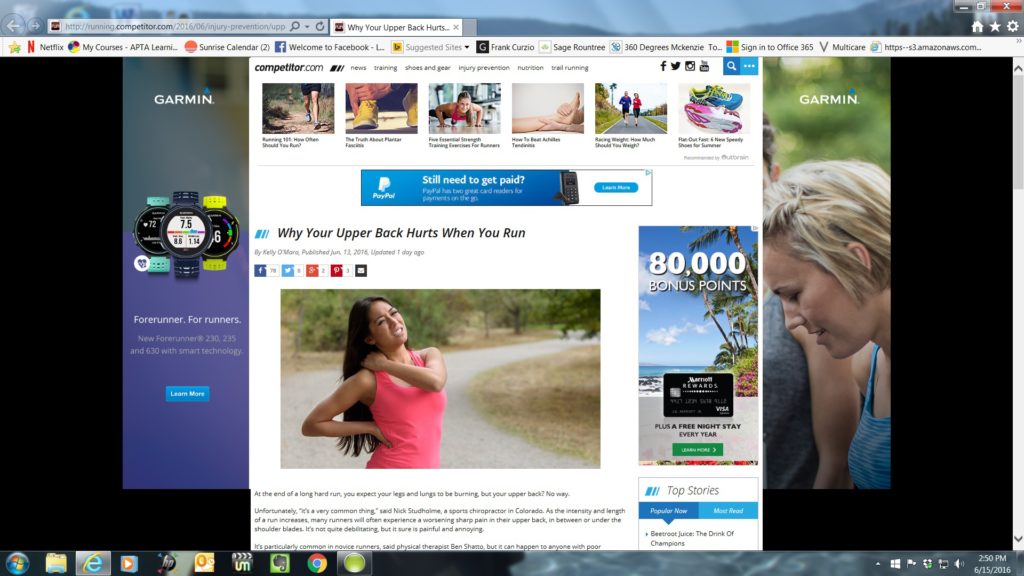
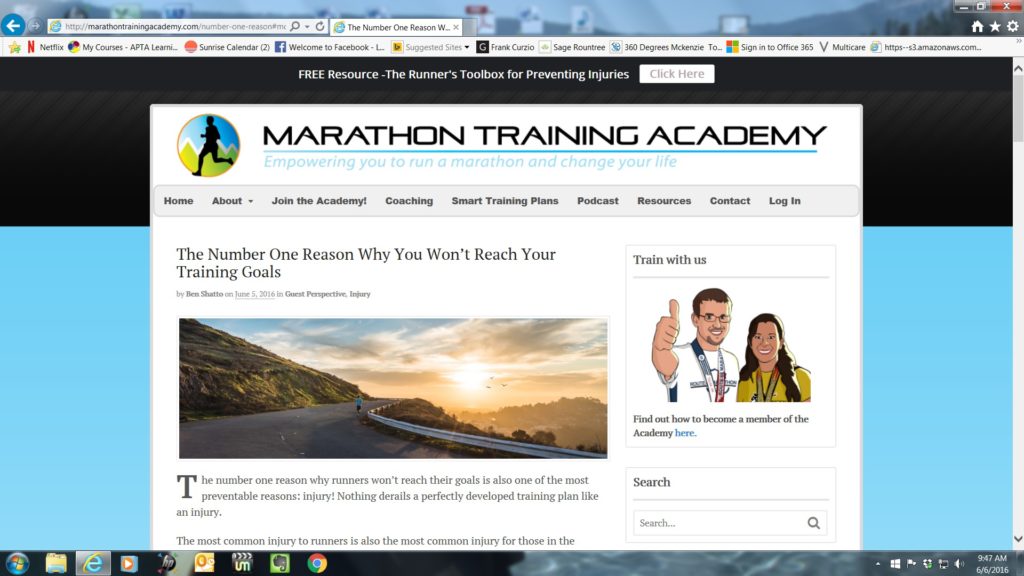
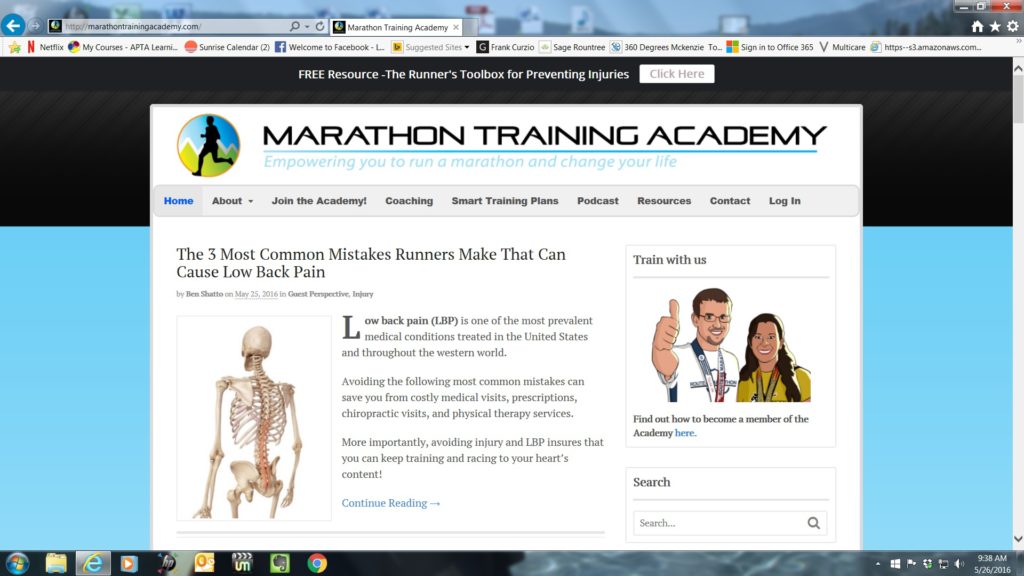
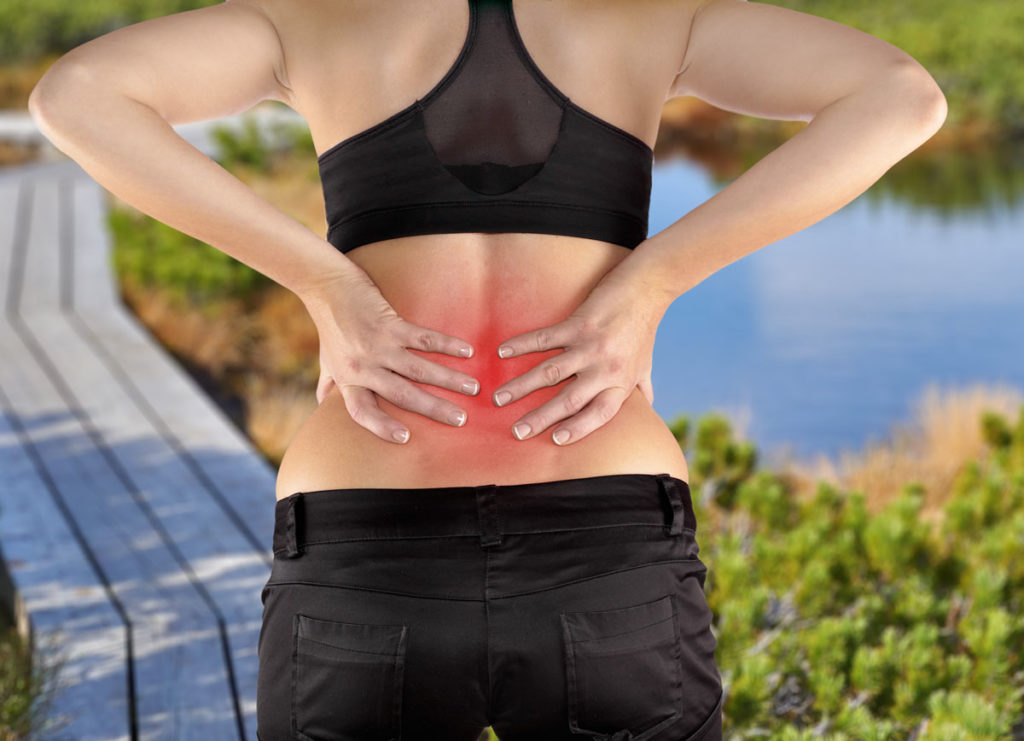
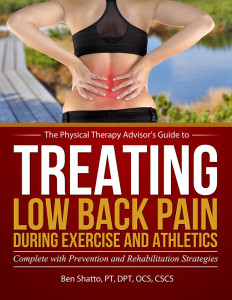
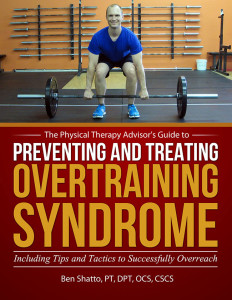

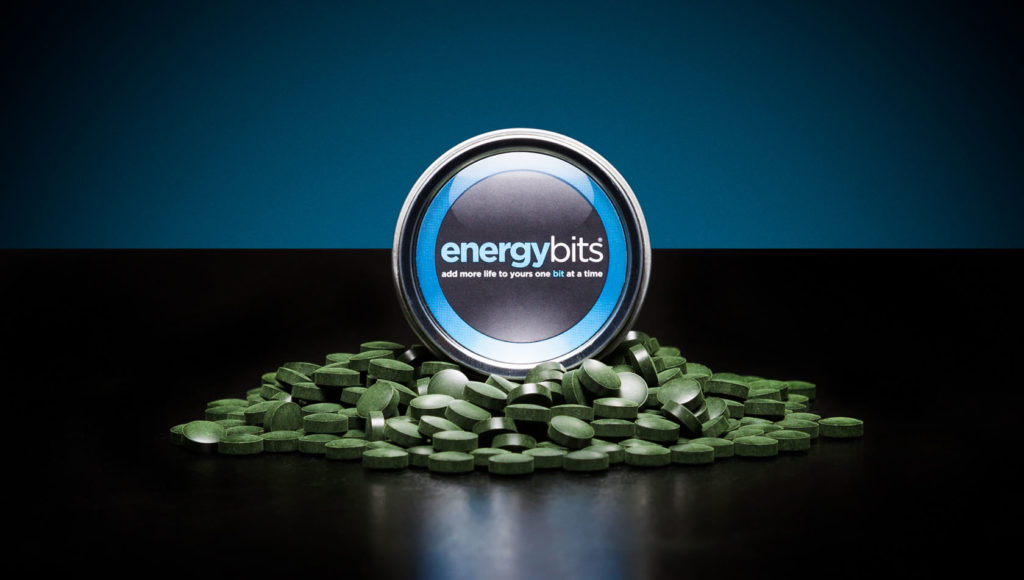
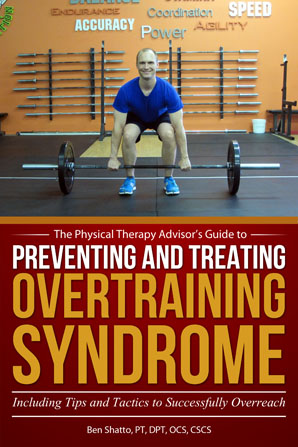
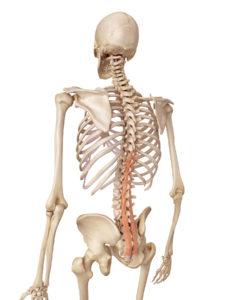
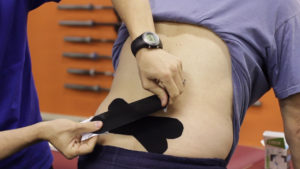

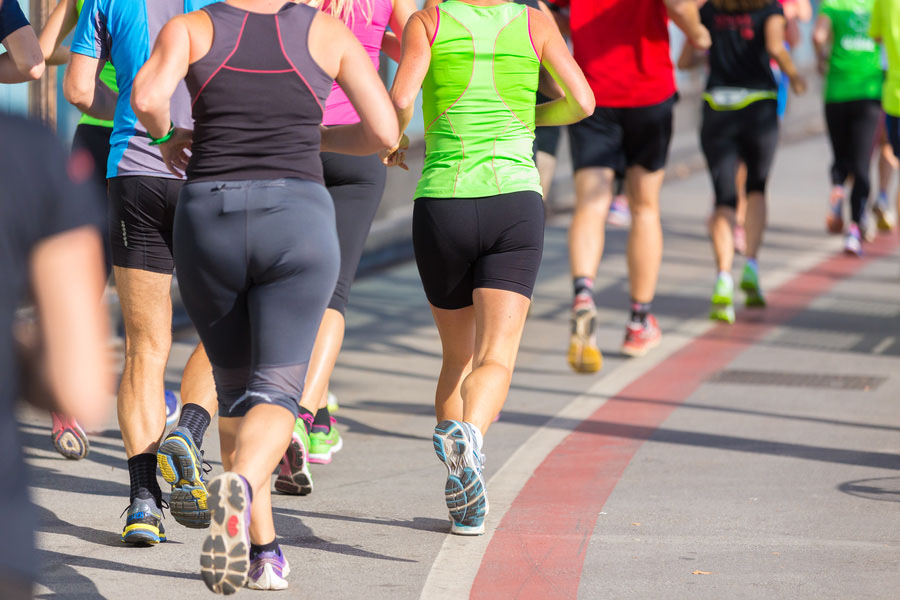
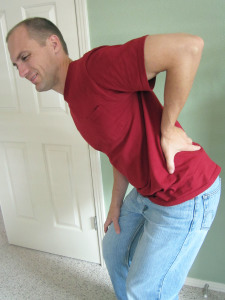 It only got worse from there. I went to lie on my bed. Again, another bad plan! An hour later when I needed to urinate, I realized I couldn’t even get out of bed!
It only got worse from there. I went to lie on my bed. Again, another bad plan! An hour later when I needed to urinate, I realized I couldn’t even get out of bed! 